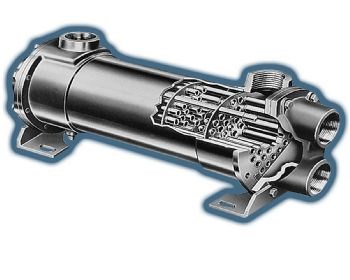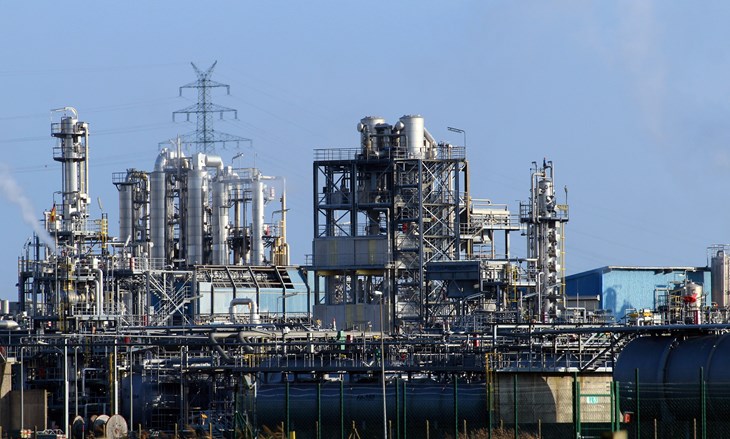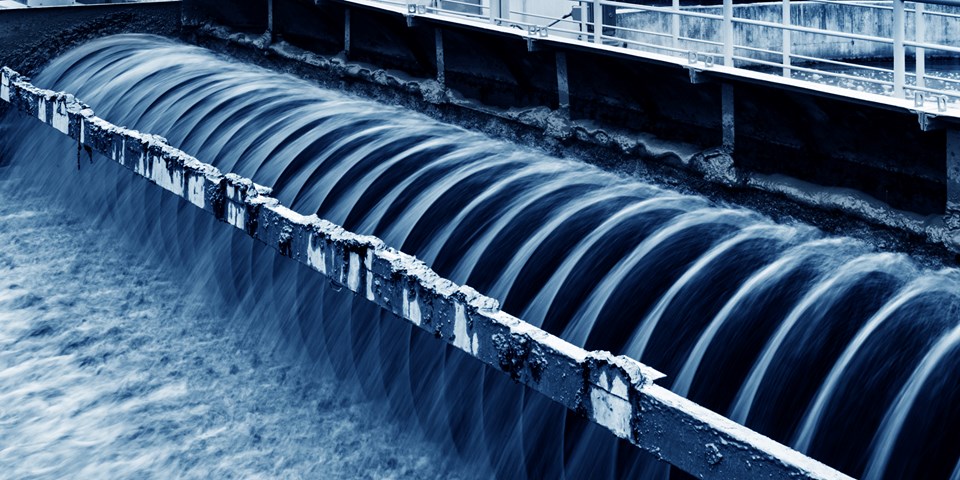The selection of an appropriate stainless steel grade for each application is the result of various considerations. The stainless steel grades are normally available in the following technical properties:
• Chemical composition of stainless steels;
• Mechanical properties of stainless steels; and,

Stainless steels & heat exchangers
Material
As per the original fabrication/as-built drawings, the materials of the heat exchanger construction were:
• Dished head material type: 304L stainless steel
• Tubes material type: Duplex stainless steel
• Flange material type: 304L stainless steel
What is cooling water corrosion?
Morphology of Damage:
Localized corrosion may result from under deposit corrosion, crevice corrosion or microbiological corrosion. Deposits or crevices can lead to under deposit or crevice corrosion. Metallurgical analysis of tube samples may be required to confirm the mode of failure.
Mitigation:
The metallurgy of heat exchanger components may need to be upgraded for improved resistance, especially in waters with high chloride content, low velocity, high process temperatures, and/or poorly maintained water chemistry. Periodic mechanical cleaning of tube ID’s (inner diameters) and OD’s (outer diameters) should be performed in order to maintain clean heat transfer surfaces. With very few exceptions, cooling water should be on the tube side to minimize stagnant areas.
What is microbiologically influenced corrosion (MIC)?
Morphology of Damage:
MIC corrosion is usually observed as localized pitting under deposits or tubercles that shield the organisms. Damage is often characterized by cup-shaped pits within pits in carbon steel or subsurface cavities in stainless steels.
Mitigation:
Microbes require water to thrive. Systems that contain water should be treated with biocides such as chlorine, bromine, ozone, ultraviolet light or proprietary compounds. Proper application of biocides will control but not eliminate microbes so that continued treatment is necessary. Maintain flow velocities above minimum levels. Minimize low flow or stagnant zones.

Scope of activities
The following tasks were accomplished in order to proceed for the heat exchanger failure investigation:
• Removal of the tube bundle;
• Calculating the RLA as per API 570;2
• Repair the shell and outer surfaces of the bundle;
• Cutting the dished head;
• Leak testing of the tubes, followed by re-welding of the dished head which was considered for cutting earlier; and,
Findings
The failure analysis revealed that the tubes of the heat exchanger were weak and thin due to erosion and corrosion. Moreover, inaccessible portions (crevices) of the tube bundle were significantly affected by cooling water corrosion and somewhat by MIC. The tube damage rendered the complete tube bundle assembly beyond repair. This failure led to huge financial loss and prompted further risk of a possible plant outage due to the absence of a standby heat exchanger.
References
1. API RP 571, “Damage Mechanisms Affecting Fixed Equipment in the Refining Industry” (Washington, DC: API, 2020).
2. API 570, “Inspection, Repair, Alteration, and Rerating of In-service Piping Systems” (Washington, DC: API, 2016).
3. API RP 580, “Risk Based Inspection” (Washington, DC: API, 2016).

